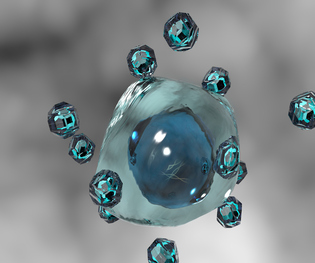In an astonishing announcement this week, a 7-year-old boy’s life was saved by skin grafts over 80% of his body—using skin grown in a laboratory with experimental gene therapy.
As reported in the science journal Nature, doctors had tried the stem cell therapy before, but never in a patient where this much skin needed replacement. His parents permitted the risky procedure due to the boy’s declining health and the series of surgeries were performed in Germany in 2015. His recovery has been so successful that the boy (referred to as ‘Hassan’ to hide his identity), now aged 9, has returned to school and is playing sports, free of all symptoms of the disease, known as Junctional Epidermolysis Bullosa.
Epidermolysis Bullosa is a group of skin diseases with Junctional Epidermolysis Bullosa (JEB) accounting for about 5% of all cases. JEB is caused by mutations in genes encoding the basement membrane component laminin-332. The skin is so fragile in sufferers that they are often referred to as ‘butterfly children’ (a reference to the fragility of butterfly wings) and most will have impairment in eating, walking and even breathing.
Patients with JEB have a very poor quality of life with chronic blistering of the skin and mucosa, often from even slight abrasions, which may lead to skin cancer, and at worst JEB is fatal. Most kids affected will die before the age of five and few survive into adulthood.
Doctors grew the grafted skin from the boy’s own healthy epidermal cells, while tweaking some genetic code to ensure the JEB mutation was not present. The new skin was attached to the affected areas, mostly the limbs and back of the child’s body, over three surgeries and several months. Eventually, the new, healthy skin replicated itself regenerating a complete healthy epidermis, and greatly improving the boy’s health.
Researchers are eager to put the therapy under clinical trials as it offers great hope to those suffering from debilitating skin disease or injury. It’s thought that the stem cell therapy was greatly successful as only the epidermis needed replacing; many skin issues such as severe burns involve the dermis (below the epidermis and containing hair follicles and sweat glands) and the deeper skin tissue called the hypodermis.
It is estimated that about 5,000 Canadians and 50,000 Americans have a form of Epidermolysis Bullosa, with few successful treatments available. The disease may affect over 500,000 worldwide.









